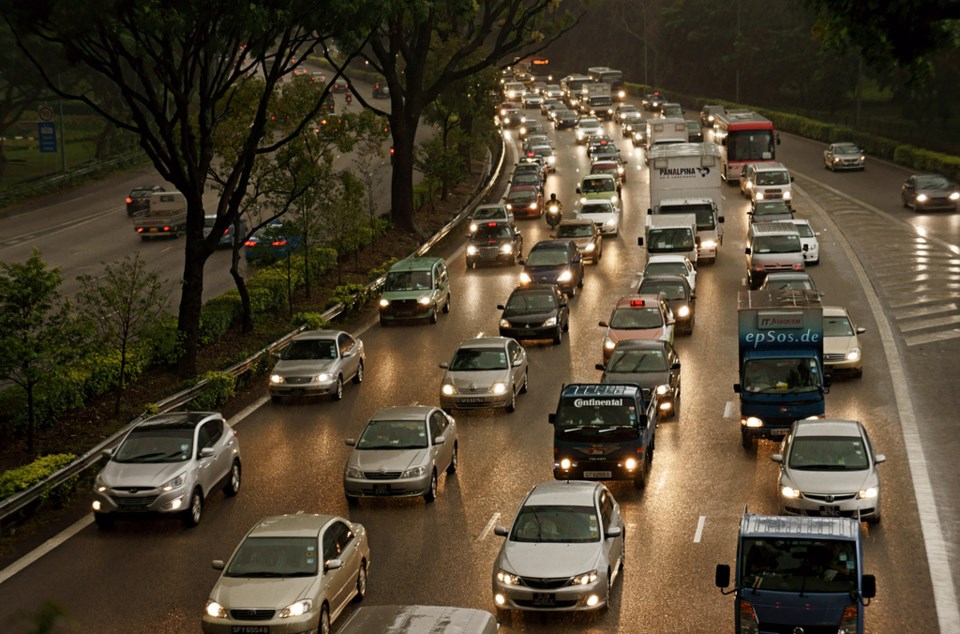This month’s SGI traffic spotlight is about the restrictions outlined in the Graduated Driver’s Licensing (GDL) and the Motorcycle Graduated Driver’s License (MGDL) programs.
“(The program’s purpose) is to gradually introduce people to different scenarios,” said Kelley Brinkworth, manager of media relations with SGI. “As you move through the program, you’re faced with more risk the more experienced you get. It gradually moves you through different scenarios until you graduate with your full license.”
For new drivers, the program goes like this: the prospective driver obtains a learner’s license by completing a written test. Then, they must undergo the high school driver training education and practice for nine months with a supervising driver. The restrictions for the learner’s phase are the number of passengers is limited to the number of seatbelts, only family members can be passengers between midnight and 5 a.m., only the supervising driver can be in the front seat, and drivers have to be drug and alcohol free and not use a cell phone.
At 16, the driver is eligible for the road test and, if successful, becomes a Novice 1 driver for six months. The restrictions are passengers must be family only and/or only one non-related passenger. Drivers must not drink alcohol and can’t use a cell phone. They can’t be a supervising driver and can’t get a commercial driver’s license.
While a Novice 2 driver, drivers still can’t drink alcohol or use a cell phone, the number of passengers is limited to the number of seatbelts, they cannot be a supervising driver, and cannot receive a commercial driver’s license. They must be free from at-fault collisions, traffic convictions, and license suspensions.
If an accident occurs, the 12-month period starts over again. After this, they graduate to a Class 5 driver’s license.
Motorcyclists must have a Class 5 license and complete road rules, signs, motorcycle knowledge, and visions tests, as well as an ability road test or an SGI-approved motorcycle test. If a driver is under the age of 18, parent or guardian approval is required.
A motorcyclist will remain a learner for 1-2 years without interruptions, such as a non-renewal or license suspension. The restrictions for a learner are no passengers, no nighttime riding, cannot tow a vehicle, zero alcohol or drug impairment, must wear protective gear, and has to display a learner placard.
A novice 2 motorcyclist has the designation for one year without interruptions. They must pass a motorcycle road test and have a year without at-fault collisions. The restrictions are similar to the learner phase, but they cannot ride between midnight and 5 a.m. and must display a novice placard.
A novice 2 rider must have the designation for a year without interruptions and be free of at-fault collisions or convictions. The restrictions are the same as the previous designations except there is no restriction on riding times.
As the driver progresses, they earn more driving privileges and see fewer restrictions.
“It’s a way to gradually move you through until you’ve gained that real world experience on the road,” Brinkworth said.
Since most new drivers are younger people, the spotlight is to help them be safe as they learn the rules of the road. To that end, Brinkworth recommends practicing as much as possible with a supervising driver.
“The more practice that you have, the more comfortable you’re going to feel behind the wheel,” Brinkworth said.
But new drivers aren’t the only ones who have things to learn; she also has advice for supervising drivers.
“Know and follow the rules of the road yourself, and basically set a good example for your children,” she said. “A lot of time they do pick up your habits.”
This means make a complete stop at stop signs, don’t text and drive, etc.
“Set that good example,” she said.




